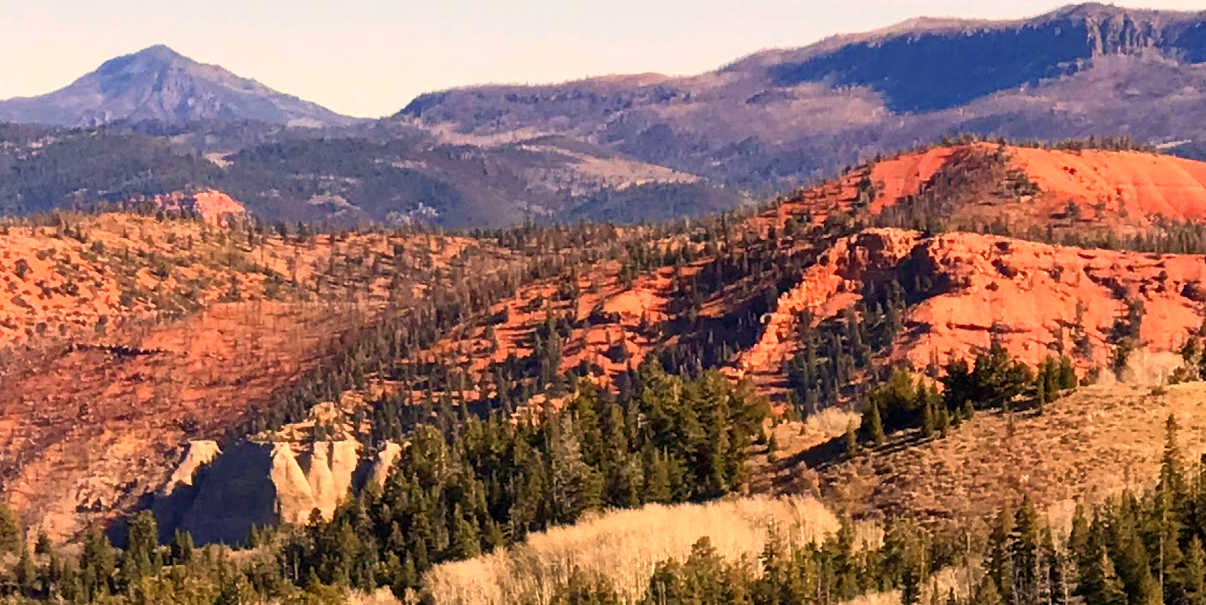
Adventure Therapy for Struggling Young Adults: A Path to Transformation
In life's journey, young adulthood is a critical phase where individuals seek their identity, purpose, and direction. For some, this path can be marked by challenges and struggles that seem insurmountable. Adventure Therapy emerges as a powerful, transformative solution that harnesses the inherent healing potential of the great outdoors. We will delve into Adventure Therapy, exploring what it is, who is involved, how it works, why it's effective, expected outcomes, and how young adults can find the right Adventure Therapy program to embark on a life-changing adventure.
Unveiling Adventure Therapy
Adventure Therapy is a unique and holistic approach to personal growth and healing, primarily designed for young adults facing a range of emotional, behavioral, and mental health challenges. It draws its strength from the natural world, fostering experiential learning through outdoor activities and wilderness experiences.
Who's Involved in Adventure Therapy? These are trained professionals who lead and facilitate Adventure Therapy sessions. They provide guidance, support, and therapeutic interventions to participants throughout their journey.
At the heart of Adventure Therapy, young adults who are dealing with issues like depression, anxiety, substance abuse, or low self-esteem participate in these programs to embark on a transformative adventure.
The great outdoors serves as both a backdrop and an active participant in Adventure Therapy. The healing power of nature is harnessed to create a nurturing environment for personal growth.
How Adventure Therapy Works
Adventure Therapy programs incorporate various activities such as hiking, camping, rock climbing, kayaking, and more. These activities are carefully chosen to challenge participants physically, emotionally, and mentally. They are designed to push boundaries, encourage teamwork, and promote self-reflection.
The therapeutic element is woven into every aspect of the adventure. Through individual and group counseling sessions, young adults explore their feelings, fears, and hopes. These sessions help them gain insight into their challenges and develop strategies for personal growth.
As participants face the physical challenges of outdoor activities, they often find parallels between these challenges and the obstacles they face in their daily lives. This realization can be a powerful catalyst for change and growth.
Why Adventure Therapy Works
Adventure Therapy works for several reasons:
Experiential Learning: Participants engage in activities that promote learning through experience. This hands-on approach allows them to internalize lessons and insights more effectively.
Natural Setting: The healing power of nature is well-documented. Being in natural environments reduces stress, improves mood, and enhances overall well-being.
Holistic Approach: Adventure Therapy addresses physical, mental, emotional, and social aspects of well-being. It provides a well-rounded framework for personal growth.
Pushing Comfort Zones: Challenging activities push participants out of their comfort zones, fostering personal growth, resilience, and self-confidence.
Teamwork and Support: Group activities encourage teamwork, trust, and collaboration. Participants learn to rely on and support each other.
Self-Reflection: The quiet solitude of nature provides an ideal backdrop for self-reflection and introspection.
Professional Guidance: Trained therapists and guides offer professional support and interventions, ensuring the safety and effectiveness of the experience.
Expected Outcomes of Adventure Therapy
Young adults participating in Adventure Therapy can expect a range of positive outcomes, including:
Improved Self-Esteem: As they conquer physical and mental challenges, participants gain a sense of achievement and increased self-esteem.
Enhanced Communication Skills: Group activities promote better communication and teamwork.
Stress Reduction: Being in nature reduces stress and anxiety, leading to improved mental well-being.
Increased Self-Awareness: Participants gain insights into their challenges and develop strategies for personal growth.
Healthy Coping Strategies: They learn healthier ways to cope with life's challenges.
Empowerment: Adventure Therapy instills a sense of empowerment, helping participants take control of their lives.
Resilience: Facing outdoor challenges fosters resilience, an essential skill for navigating life's ups and downs.
Finding Adventure Therapy
Finding the right Adventure Therapy program is crucial for a successful journey. Here are some steps for young adults and their families to consider:
Research: Begin by researching different Adventure Therapy programs. Look for programs that align with the specific needs and goals of the young adult.
Consult Professionals: Consult with mental health professionals or therapists who can recommend suitable programs based on the individual's challenges.
Accreditation: Ensure that the Adventure Therapy program is accredited and staffed by trained and certified professionals.
Reviews and Testimonials: Review and testimonials from past participants and their families to gauge the program's effectiveness.
Program Philosophy: Understand the program's philosophy and approach. Some programs may have a wilderness therapy focus, while others might blend adventure with traditional therapy.
Logistics: Consider practical factors like location, duration, and cost. Make sure it's feasible for the young adult and their family.
Visit and Interview: Whenever possible, visit the program and interview the staff to get a feel for the environment and the people who will be involved in the journey.
Adventure Therapy is a unique and effective approach to personal growth and healing. By harnessing the power of nature and experiential learning, it empowers young adults to overcome challenges, develop resilience, and embark on a transformative journey toward a brighter future.